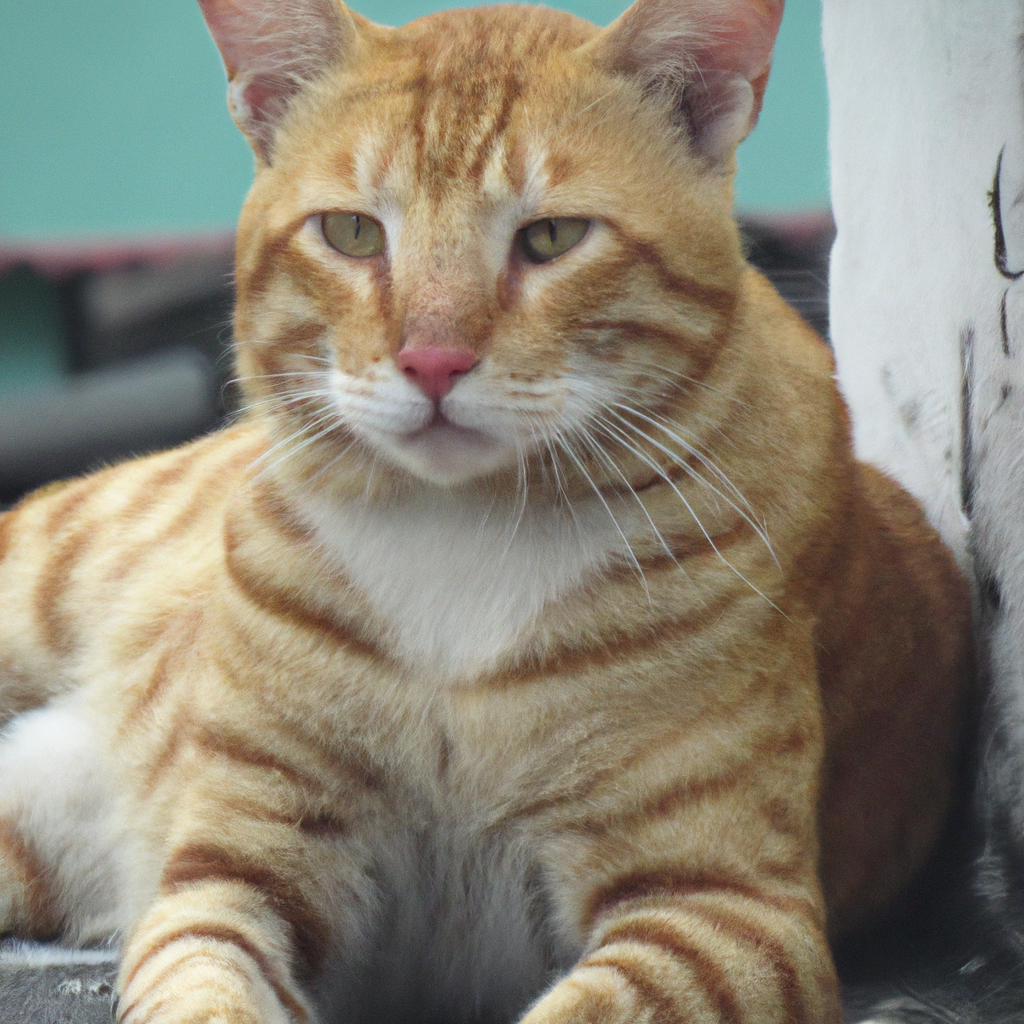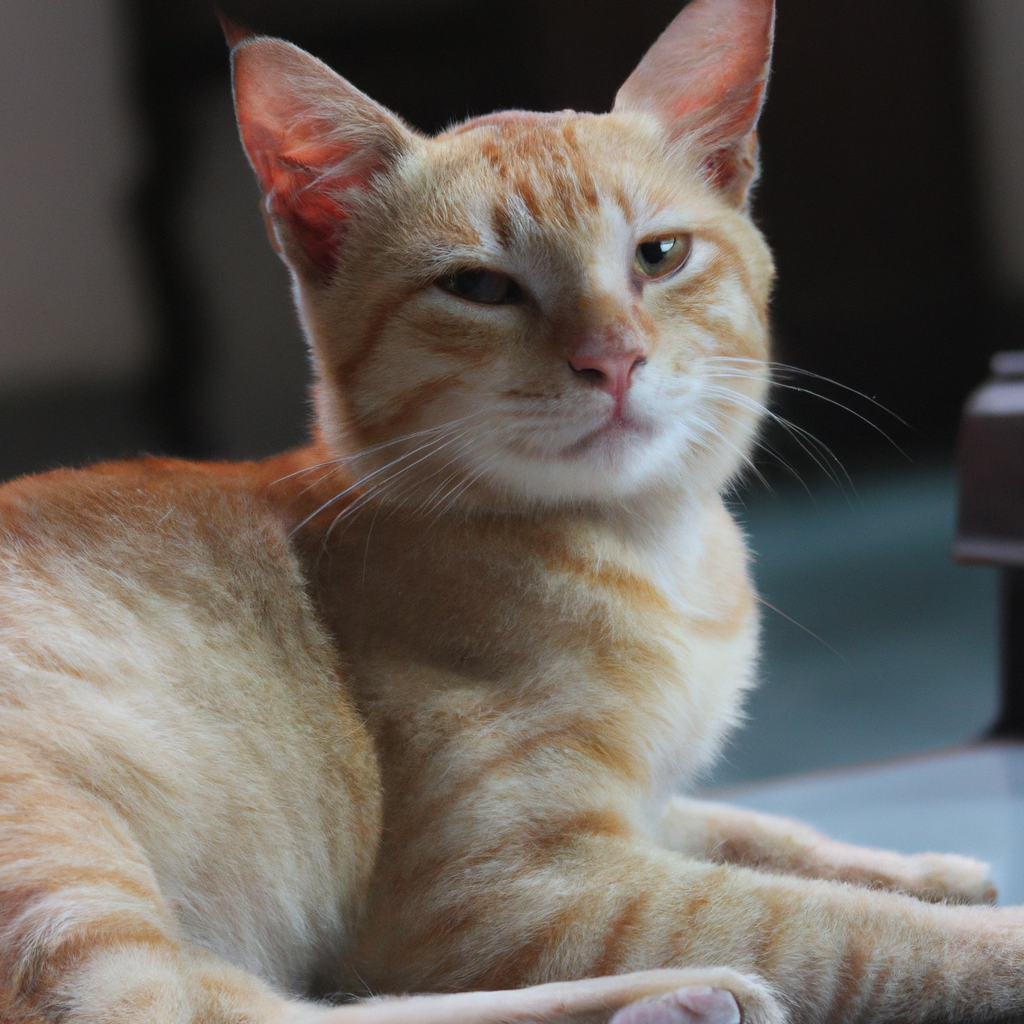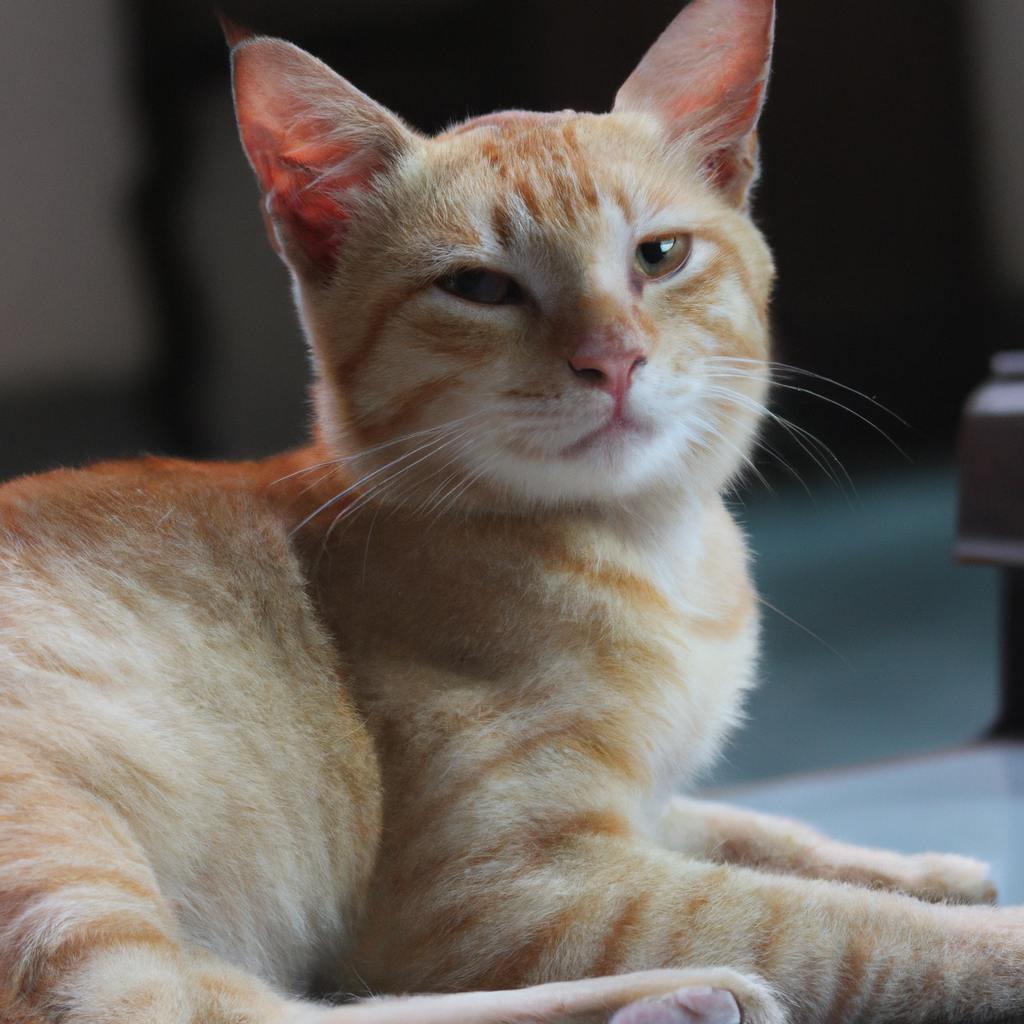Did you know that orange tabby cats are often assumed to be male? While it is true that a majority of orange tabbies are male, there are also female orange tabby cats out there. This intriguing fact has fascinated cat lovers for years, leading to debates and discussions about the genetics behind their unique coat color. So, let’s unravel the mysteries and explore the truth behind whether orange tabby cats are always male.
Are Orange Tabby Cats Always Male?
Orange tabby cats are a beloved and iconic feline breed known for their distinctive coats. You may have heard the common belief that all orange tabbies are male, but is this really true? In this article, we will explore the genetic basis of coat colors, the role of sex chromosomes, and the factors that influence the likelihood of a cat being an orange tabby. Let’s dive in and uncover the truth behind this fascinating feline phenomenon.

What is an Orange Tabby Cat?
Before we delve into the gender aspect, let’s first understand what exactly an orange tabby cat is. An orange tabby, also known as a ginger or marmalade cat, refers to a cat with a coat that predominantly consists of reddish or orange fur. Tabby cats, in general, possess a unique coat pattern characterized by stripes, swirls, or spots. These patterns are caused by the interaction of various genes and are independent of the cat’s gender.
The Genetic Basis of Coat Colors
To comprehend the association between coat color and gender in orange tabbies, we need to explore the genetic underpinnings of coat colors in cats. The primary genes responsible for determining a cat’s coat color are melanocortin 1 receptor gene (MC1R) and agouti-signaling protein gene (ASIP). Different variations of these genes lead to a wide array of coat colors, including black, white, brown, and of course, orange.
The Role of Sex Chromosomes
Moving on to the role of sex chromosomes in cats, it is essential to acknowledge the distinction between males and females. Cats, like many other mammals, possess two sex chromosomes: X and Y. Female cats have two X chromosomes (XX), while male cats have one X and one Y chromosome (XY).
Orange Tabby Cats and Coat Patterns
Now, let’s address the common misconception that all orange tabbies are male. The truth is that both male and female cats can inherit the genes responsible for the orange fur color. However, the frequency of orange tabbies differs between the two genders. Male cats have a higher likelihood of expressing the orange tabby coat pattern due to the unique way these genes are inherited.

Orange Tabby Cats: More Likely to be Male
Statistically speaking, male cats are more likely to be orange tabbies compared to females. This is because the gene that determines the orange coat color is located on the X chromosome. Since males only have one X chromosome, if it carries the orange gene, it is expressed, resulting in an orange tabby coat. On the other hand, female cats need two X chromosomes carrying the orange gene to express the coat color fully. Hence, the occurrence of female orange tabby cats is less common.
Ratio of Male to Female Orange Tabby Cats
While it is more common to find male orange tabbies, this does not mean that female orange tabbies do not exist. The male-to-female ratio of orange tabbies is estimated to be around 8:1, with male cats being more prevalent in this color variation. Therefore, for every eight male orange tabbies, there is roughly one female orange tabby.
Female Orange Tabby Cats: Rarity or Myth?
Since female orange tabby cats are relatively rare, they are often seen as unique and special by cat enthusiasts. Their scarcity has led to intriguing myths and superstitions surrounding them. Many people believe that female orange tabbies possess distinct personalities and are more affectionate than their male counterparts. However, these claims are purely anecdotal and not scientifically proven.
Factors Influencing Cat Coat Color
While gender plays a significant role in determining the likelihood of a cat being an orange tabby, it is crucial to note that other factors can influence coat color as well. The specific variations of the MC1R and ASIP genes, as well as other genetic and environmental factors, contribute to coat colors beyond the basic orange tabby pattern. These factors may explain why some orange tabbies have lighter or darker shades, variations in their tabby patterns, or even patterns that combine other colors.
Other Coat Patterns in Orange Cats
Despite the allure of orange tabbies, not all cats with orange fur exhibit the classic tabby pattern. Some orange cats may have solid coats, known as “red cats” or “marmalade cats,” without any tabby markings. Additionally, there are other coat patterns that can be seen in orange cats, such as tortoiseshell (orange and black patches), calico (orange, black, and white patches), or even dilute variations of these patterns. These coat variations highlight the exceptional diversity within the orange cat population.
Care and Characteristics of Orange Tabby Cats
Personality traits and care needs of orange tabby cats are not determined by their coat color. Like any other cat, their individual personalities and care requirements vary. However, many orange tabbies are known for being friendly, affectionate, and outgoing. They are often described as social cats that enjoy human companionship and thrive in interactive environments. In terms of care, orange tabbies require the same attention, love, and basic care as any other cat. Regular veterinary check-ups, a balanced diet, and mental and physical stimulation are essential to keep them healthy and happy companions.
In conclusion, while it is more common to find male orange tabby cats, it is a misconception to state that all orange tabbies are male. Both male and female cats can inherit the genes responsible for the orange coat color, but the frequency differs due to the unique inheritance pattern associated with the X chromosome. Understanding the genetic and chromosomal aspects helps debunk the myth surrounding orange tabby cats and sheds light on the fascinating world of cat coat colors. Whether male or female, orange tabby cats continue to capture our hearts with their vibrant coats and delightful personalities.

